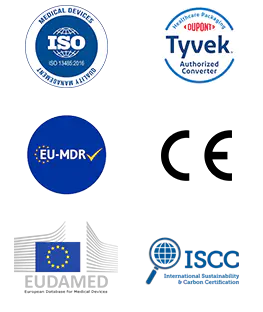In modern industrial production and medical protection, the use of the Tyvek Breathing Bag is gradually becoming more widespread. But why has this material attracted significant attention in the field of respiratory protection and safety? Hopeway AMD's research and application in this area showcase its unique value.
Content
- 1 What is the material composition of the Tyvek Breathing Bag?
- 2 What are the features of the Tyvek Breathing Bag?
- 3 What are the functions and purposes of the Tyvek Breathing Bag?
- 4 What are the advantages of the Tyvek Breathing Bag?
- 5 Are there any limitations or potential drawbacks?
- 6 How Does the Tyvek Breathing Bag Work?
- 7 How to Clean and Maintain the Tyvek Breathing Bag
- 8 Future Development
What is the material composition of the Tyvek Breathing Bag?
The Tyvek is primarily made of high-density polyethylene (HDPE) fibers formed into a non-woven fabric. The core advantages of this material lie in its lightweight, durability, and breathability.
| Material Composition | Characteristics | Advantages |
|---|---|---|
| High-density polyethylene (HDPE) fibers | Non-woven fabric structure | Lightweight, tear-resistant, wear-resistant |
| Special coating | Enhanced waterproofing | Prevents liquid penetration while maintaining breathability |
| Seam sealing | Strengthens overall structure | Improves durability and extends service life |
This material combination ensures that the breathing bag is both safe and durable in various industrial environments while maintaining breathability.
What are the features of the Tyvek Breathing Bag?
Compared to traditional respiratory protection devices, what are its standout features?
High breathability: Allows air to flow freely, reducing breathing resistance for the wearer.
Lightweight design: Reduces operational burden, making it suitable for prolonged use.
High tear resistance: Remains intact even under frequent handling or friction.
Liquid resistance: Keeps the interior dry in dusty or humid environments.
Reusable: Can be used multiple times with proper cleaning and maintenance.
What are the functions and purposes of the Tyvek Breathing Bag?
So, what roles does this breathing bag play in practical applications?
Air filtration and respiratory protection: Effectively blocks dust and fine particles from entering the respiratory system.
Safety protection: Provides secondary protection for industrial workers, reducing respiratory risks.
Humidity regulation: The natural breathability of Tyvek helps maintain comfortable humidity in the breathing environment.
Storage and transportation assistance: Can serve as a tightly sealed container for material storage or transport.
What are the advantages of the Tyvek Breathing Bag?
Why are more and more companies choosing the Tyvek Bag?
Lightweight and portable: Easy to carry for extended periods and in industrial environments, reducing operational burden.
Durable and reliable: Tyvek material is tear-resistant and wear-resistant; coated surfaces resist water and liquid penetration, suitable for complex work environments.
High breathability: The non-woven structure allows free airflow while blocking particles and dust.
Environmentally friendly and reusable: Materials can be recycled and reused, reducing waste from disposable protective equipment.
Low maintenance cost: Easy to clean and dry, ready for reuse without frequent replacement.
Versatile applications: Suitable for industrial production, protective work, medical laboratories, and other environments.
Are there any limitations or potential drawbacks?
Every material and device has its limitations. What challenges might the Bag face?
Limited high-temperature resistance: Not suitable for prolonged exposure to high temperatures.
Limited chemical resistance: Provides weaker protection against strong acids or alkalis.
Service life affected by environment: Frequent friction or high humidity may reduce durability.
These limitations remind users to select the appropriate protective solution based on the working environment.
How Does the Tyvek Breathing Bag Work?
So, how does this breathing bag achieve airflow and protection?
1.Air Permeation and Respiratory Protection
Tyvek non-woven fabric has a high-density fiber structure while maintaining tiny pores, allowing air to flow naturally.
When the user breathes, air can smoothly enter and exit the bag, while large dust particles and fine contaminants are blocked, protecting the respiratory system.
2.Particle Filtration
The high-density fiber mesh effectively intercepts dust, fine particles, and potential pollutants, preventing them from entering the respiratory tract.
3.Humidity Regulation
The material's breathability allows exhaled moisture to escape, keeping the interior dry and maintaining comfort even in humid environments.
4.Liquid Protection
The special surface coating and sealed seams prevent water droplets or liquids from entering, without affecting airflow.
5.Pressure Balance and Comfort
The elasticity of the material and structural design help maintain stable internal air pressure, making inhalation and exhalation more comfortable.
In short, the Tyvek Bag combines a high-density fiber structure with coating and sealing technology to achieve “free airflow + particle filtration + liquid protection”, ensuring smooth breathing while providing reliable protection.
How to Clean and Maintain the Tyvek Breathing Bag
To maintain performance, proper cleaning and maintenance are essential:
| Task | Method | Frequency |
|---|---|---|
| Exterior wiping | Wipe with a damp cloth or neutral detergent | After each use |
| Internal drying | Air dry in a ventilated area | After each use |
| Seam inspection | Check for damage or cracks | Regularly |
| Storage | Avoid direct sunlight and damp areas | When not in use |
Following these maintenance steps can extend the lifespan of the Tyvek Bag and maintain its protective performance.
Future Development
With rising industrial safety standards and environmental awareness, how will the Bag evolve?
Material upgrades: Explore fibers with higher heat resistance and improved chemical protection.
Intelligent applications: Integrate sensors to monitor air quality and usage status.
Reusable and sustainable design: Enhance environmental performance and reduce single-use consumption.
Multi-scenario applicability: Widely applicable across industrial, medical, and laboratory environments.
The Tyvek Bag, with its unique material advantages, lightweight design, and high breathability, offers a new solution for industrial protection and respiratory safety. When used and maintained correctly, it effectively blocks dust, liquids, and fine particles while ensuring safe breathing in various environments. Hopeway AMD's practical applications in this field demonstrate the potential of combining material innovation with safety protection, providing important insights for the development of industrial protective equipment.

 English
English Français
Français Deutsch
Deutsch Nederlands
Nederlands


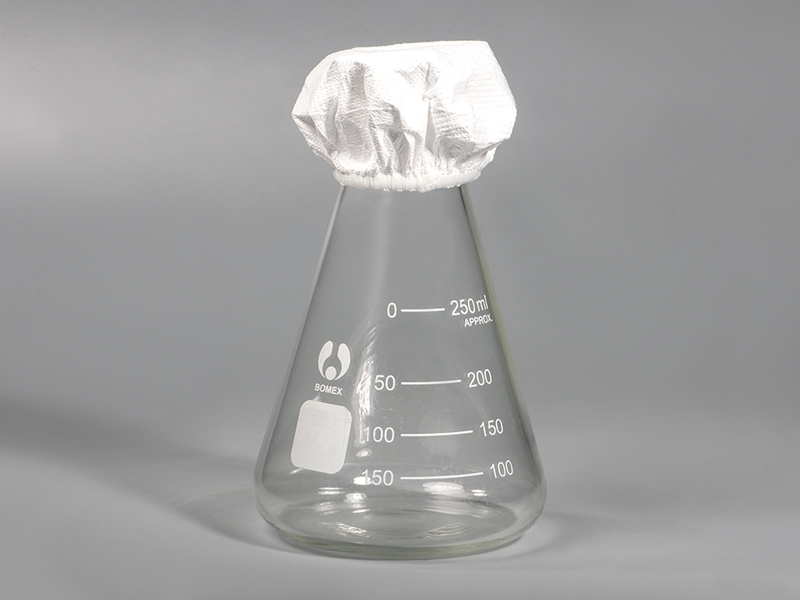
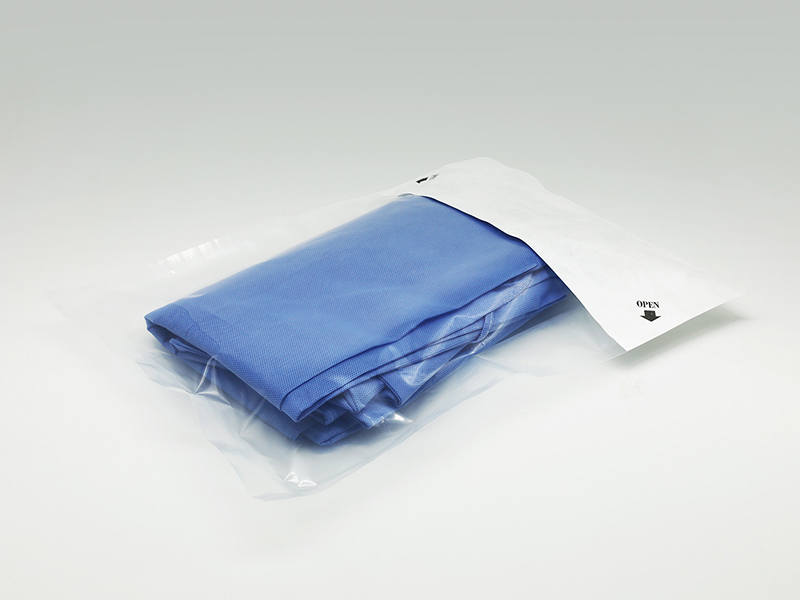



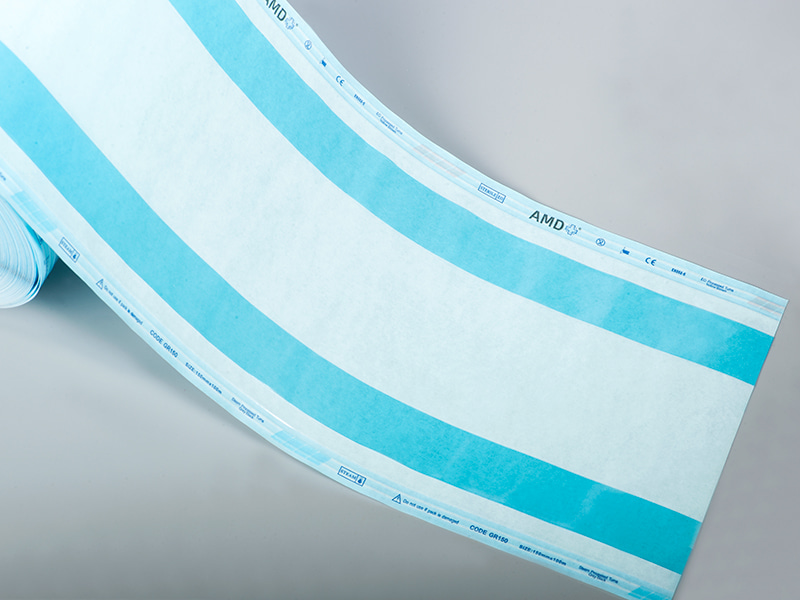
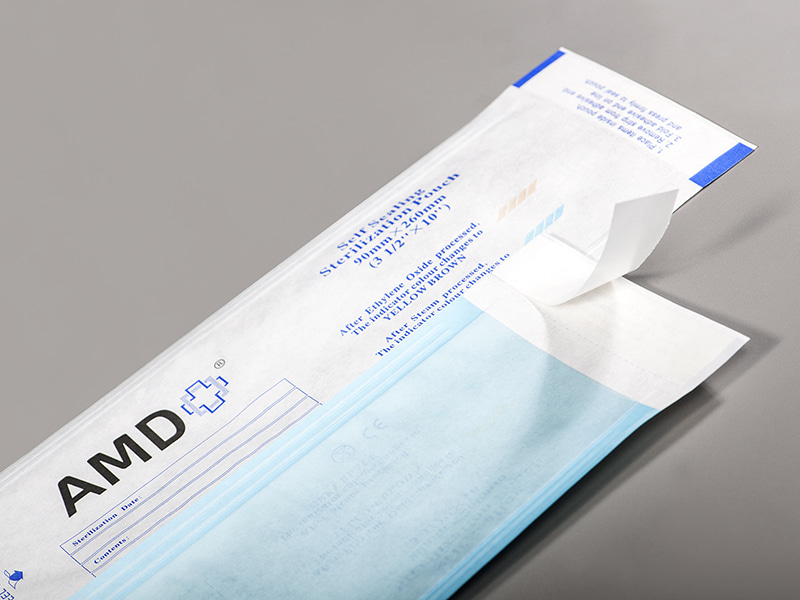
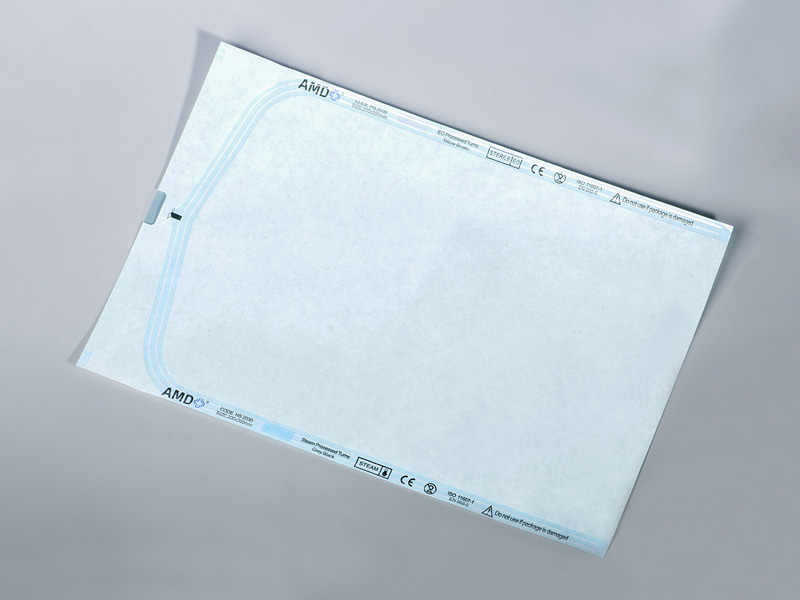
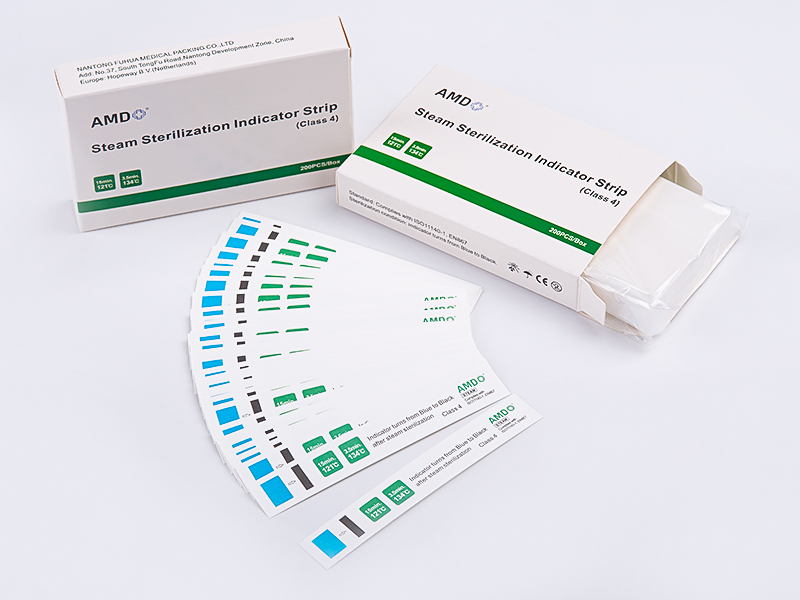
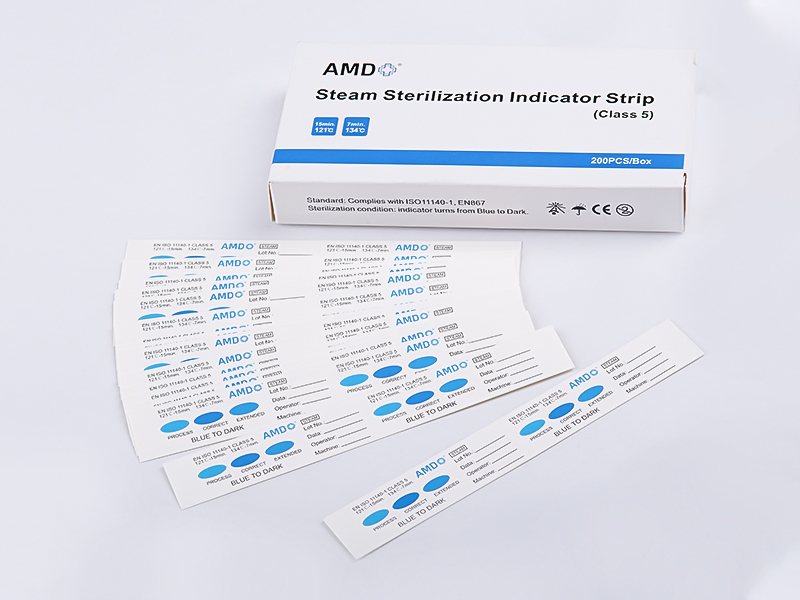

 ‘s-Gravenweg 542, 3065SG RotterdamThe Netherlands
‘s-Gravenweg 542, 3065SG RotterdamThe Netherlands
 +31 (0)10 254 28 08
+31 (0)10 254 28 08
